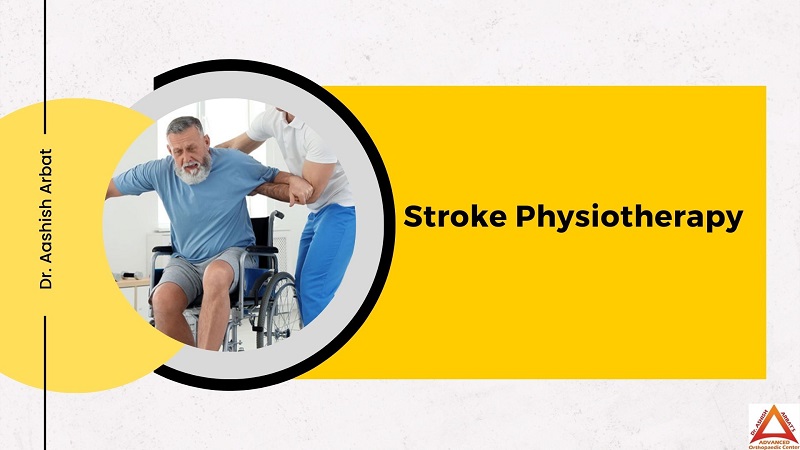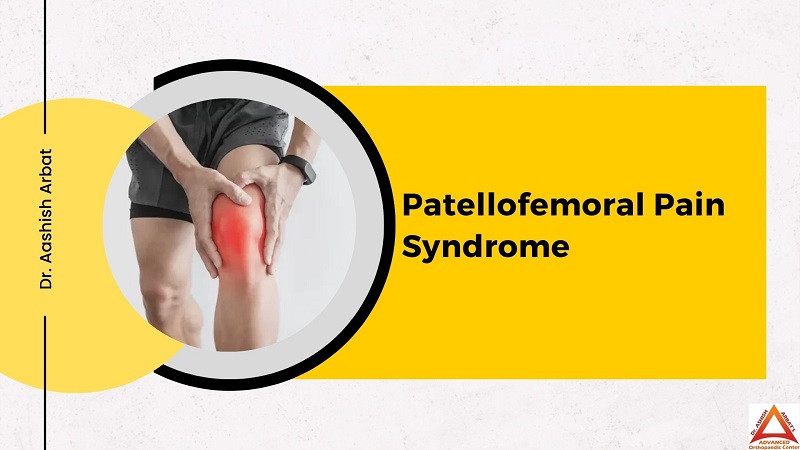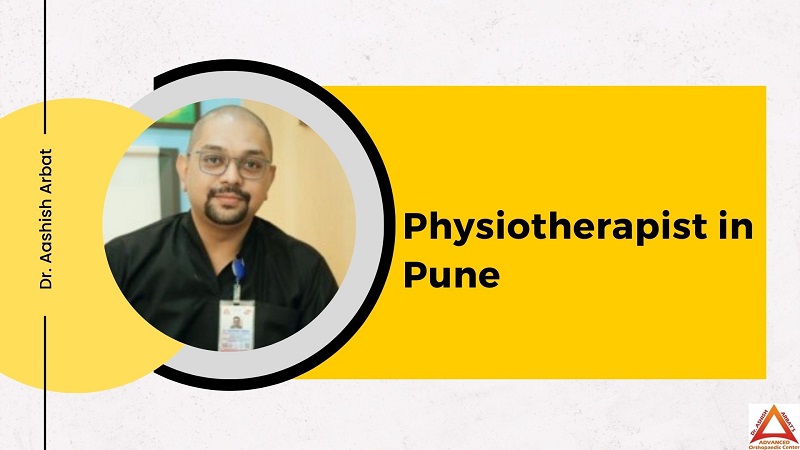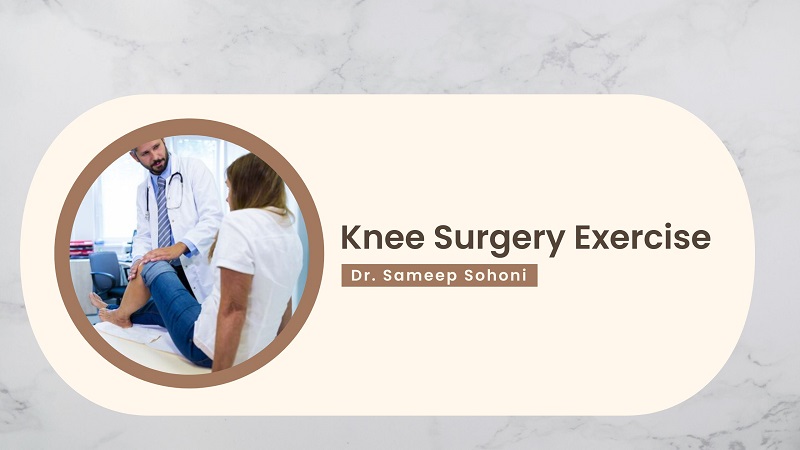Stroke Physiotherapy: Take The First Step Towards Wellness!
Stroke is a condition that happens when blood flow to your brain is stopped or decreased. People often need physical therapy after a stroke to help improve their ability to move. It helps them become more independent. Stroke Physiotherapy is at times necessary to support the brain to improve skills that have been affected by a stroke. It includes activities and therapy to help your brain modify to the injury caused by the stroke. In this write-up, we examine how Stroke Physiotherapy can help you recover from a stroke and what you can expect during your treatment. A stroke, to put in simple words, can cause paralysis or weakness on one side of your body, and difficulties with movement and carrying out everyday activities. Physiotherapy can help you to move your body so that you can get around. It can help you use your arm and hand in everyday activities. Problems like muscle stiffness and spasticity, problems with movement and balance, and joint pain are treated by physiotherapy after a stroke. How Does Physiotherapy Help in Stroke Rehabilitation? Improves range of motion Increases muscle strength Promotes tissue healing Reduces chronic pain Prevents future injuries Enhances functional training Trust An Expert for Your Stroke Recovery Physiotherapy plays a vital role in stroke rehabilitation. It helps boost movement, lessen pain, and shoot up independence. With procedures like heat therapy, manual therapy, and personalized treatment plans, stroke patients can recapture strength and hope for a better future. It is important that you choose a trustworthy Physiotherapy centre nearby to get the best result. Search in Google for stroke physiotherapy near me, you will get a list of reputed centres. Study the reviews to choose the center that best suits your requirements. Connect with Dr. Aashish Arbat as he can suggest you the best Physiotherapist in Pune. The best centres offer a wide range of therapies designed to help stroke survivors achieve their best recovery. They have a team of expert physical therapists who support you every step of the way. Whether you are looking for manual therapy techniques, functional training, or specialized care, these centres are committed to helping you reach your peak performance. Stroke Physiotherapy Management Dr. Aashish Arbat a reputed Joint Replacement Doctor in Pune outlines strategies for Stroke physiotherapy management in the acute stage after a stroke. He mentions positioning strategies, circulatory function, improving respiratory, preventing pressure sores and deconditioning. There are various physical therapy interventions to improve sensory function, movement control, flexibility, strength, functional mobility, upper and lower limb function, balance, locomotion, aerobic function and so on. There is evidence that physical activity and exercise after stroke can boost walking ability, cardiovascular fitness, and upper arm strength. Besides, Dr. Arbat suggests that exercise may improve depressive symptoms, cognitive function, memory, and quality of life after stroke. It is important to follow the Stroke rehabilitation physiotherapy protocol. The aim of this is to provide an outline of best clinical procedures in the rehabilitative care of adults recovering from stroke. It focuses to confirm people are assessed for common problems and conditions linked to stroke. It is essential to ensure that they get the care and therapy they need. Stroke Physiotherapy Exercises Stretching the Involved Hip and Ankle Standing Upper Extremity (UE) Activity Weight-bearing exercises Modified Push-Ups on a Table Knee to Chest Toe Tap Core Exercise Ankle Dorsiflexion Exercise Sit to Stand for Balance Sit to Stand in Stride with Assistive Devices When to Start Physiotherapy After Stroke? Dr. Aashish Arbat a recognized Knee Replacement Doctor in Pune mentions that stroke rehabilitation should start as soon as possible after the stroke. It should ideally start within 24 to 48 hours while the patient is still in the hospital. The rehabilitation team includes neurologists, physiatrists, speech-language pathologists, physical and occupational therapists, and nurses. Experts found that intensive therapy, besides standard rehabilitation, produces the greatest improvement when administered 2-3 months after a stroke. Conclusion Struggling to walk is a common problem for stroke survivors. This is because of the damage in the neurological components of balance. Muscle stiffness and spasticity, problems with movement and balance, joint pain are common post-stroke. Post-stroke rehabilitative treatment and physical therapy interventions are mandatory for improving quality of life and enhancing recovery for stroke patients. Exercise increases your chances of regaining function after a stroke. Book an appointment with a dependable Orthopedic Doctor in Pune to enjoy a healthy life.









